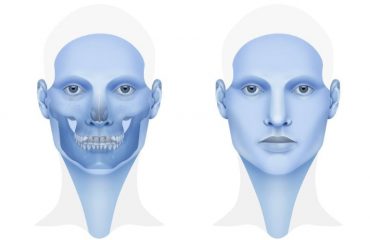
What do Congenital Hand and Foot Anomalies Mean?
The medical term congenital hand and foot deformities include congenital anomalies which restrict the development of the hands and cause functional problems. With the recent surgical developments, most congenital hand and foot deformities can be treated at an early age, such as in babies or 2-3-year-old toddlers and in some cases even during pregnancy.
What is Syndactyly (Conjoined Fingers/Toes)?
Syndactyly, which is known as the conjoint of fingers or toes, is one of the most common congenital deformities. In syndactyly, two or more fingers/toes are conjoined or webbed. During the intrauterine development, fingers entirely separate from each other. In some cases, fingers/toes fail to entirely separate, which results in syndactyly. Genetically inherited anomalies are usually congenital. Unfortunately, the exact cause of syndactyly is still unknown.
Syndactyly (Conjoined fingers/toes) Anomaly Types
- Fingers/toes are partially fused
- Fingers/toes are wholly fused to the tips
- In some cases, with completely fused fingers/toes, the tip of the conjoined finger/toe might have a single nail.
- In some cases, fingers/toes are joined by skin only (simple syndactyly)
Can accompany other genetic anomalies of the body. In doubt of concurrent genetical anomalies, additional scanning should be performed. External physical examination is usually enough to diagnose syndactyly for plastic surgeons. However, an x-ray is required to determine the type of syndactyly and choose the required treatment method. Since syndactyly is a congenital anomaly, most of the patients are paediatric patients. For this reason, the procedure is performed under general anaesthesia. Local anaesthesia might be an option for adult patients.
How is the Treatment and Surgery of Syndactyly Performed?
The condition is treated by surgical separation of the conjoined fingers and toes. In order to achieve a healthy appearance and function of the hand, surgery is recommended within the first few years of life. Multiple Z-shaped incisions are used in skin fusion on the fused side of the fingers/toes. Little triangle-shaped skin islands that are formed by these incisions are sutured to the space of each finger. Usually, these skin islands are not enough and skin grafts from other parts of the body are required to close the areas. These grafts are usually transplanted from the inguinal region, but other options are also available.
Congenital Hand and Foot Anomalies Frequently Asked Questions
Consultant Plastic, Reconstructive and Aesthetic Surgeon Professor Yazar is available in his private practice based in Nisantasi, Istanbul for appointments to provide detailed and tailored information on the procedure.





You must be logged in to post a comment.